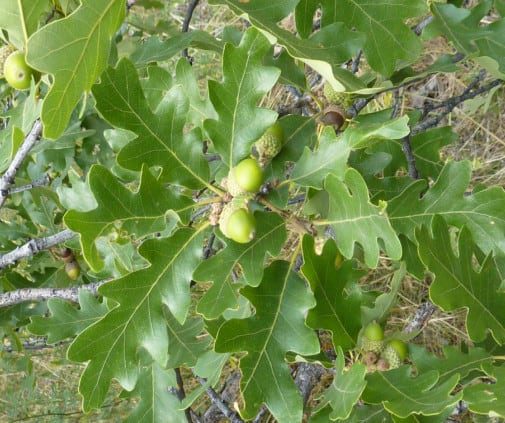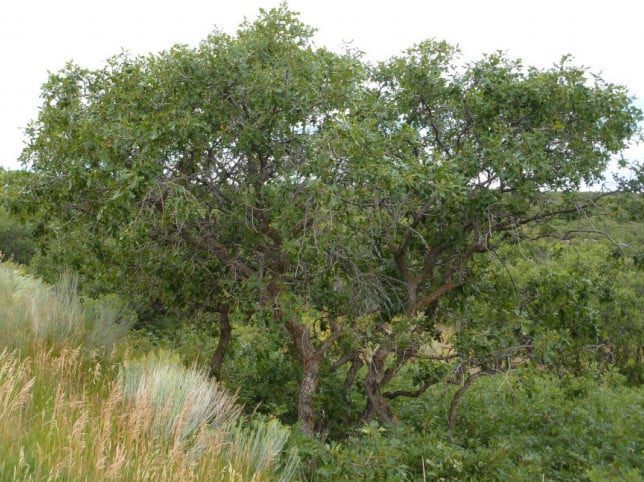There are roughly 400 species of oak tree (Quercus), all of which are native to the Northern Hemisphere. Oak trees are revered for their lush foliage, their ability to adapt to severe soil and climate conditions and their stalwart personalities. It’s impossible to live with oaks and not fall in love with their beauty.
While many oak species do well in our Rocky Mountain climate, only one is considered a Colorado native plant — the Gambel Oak (Quercus gambelii), which is also referred to as a scrub oak. Over time, this hardy hillside-loving survivor has hybridized with other shrub oak species to yield the Wavyleaf Oak (Quercus undulata).
Wavyleaf Oaks are persistent survivors. They thrive in arid climates above 4,000 feet and are found as high as 10,000+ feet. These hybrids have given botanists something to talk about as their inter-breeding habits have yielded virtually unclassifiable subspecies.
On average, these oaks grow as low as four feet and as tall as eight feet high. They have broad green leaves, ranging from one- to three-inches in length. Because of hybridizing, their leaf patterns can have deep lobes, shallow lobes or no lobes at all. The Wavyleaf Oak bears fruit in the form of acorns. So, between the leaves and acorns, they have become a favorite food source for mule deer, elk and big horn sheep. They also attract porcupines and rabbits, both of which enjoy making a meal of their inner bark. Additionally, dense branches and foliage provide respite and protection for all kinds of birds.
Landscapers love these trees because they’re virtually pest free and their dried leaves can be mulched and used in plant beds to repel slugs, grubs and other pests (never use their green leaves for mulch as it can inhibit plant growth).
Contact the team at Lifescape Colorado and learn more about how native plants can help enhance your landscape design.





